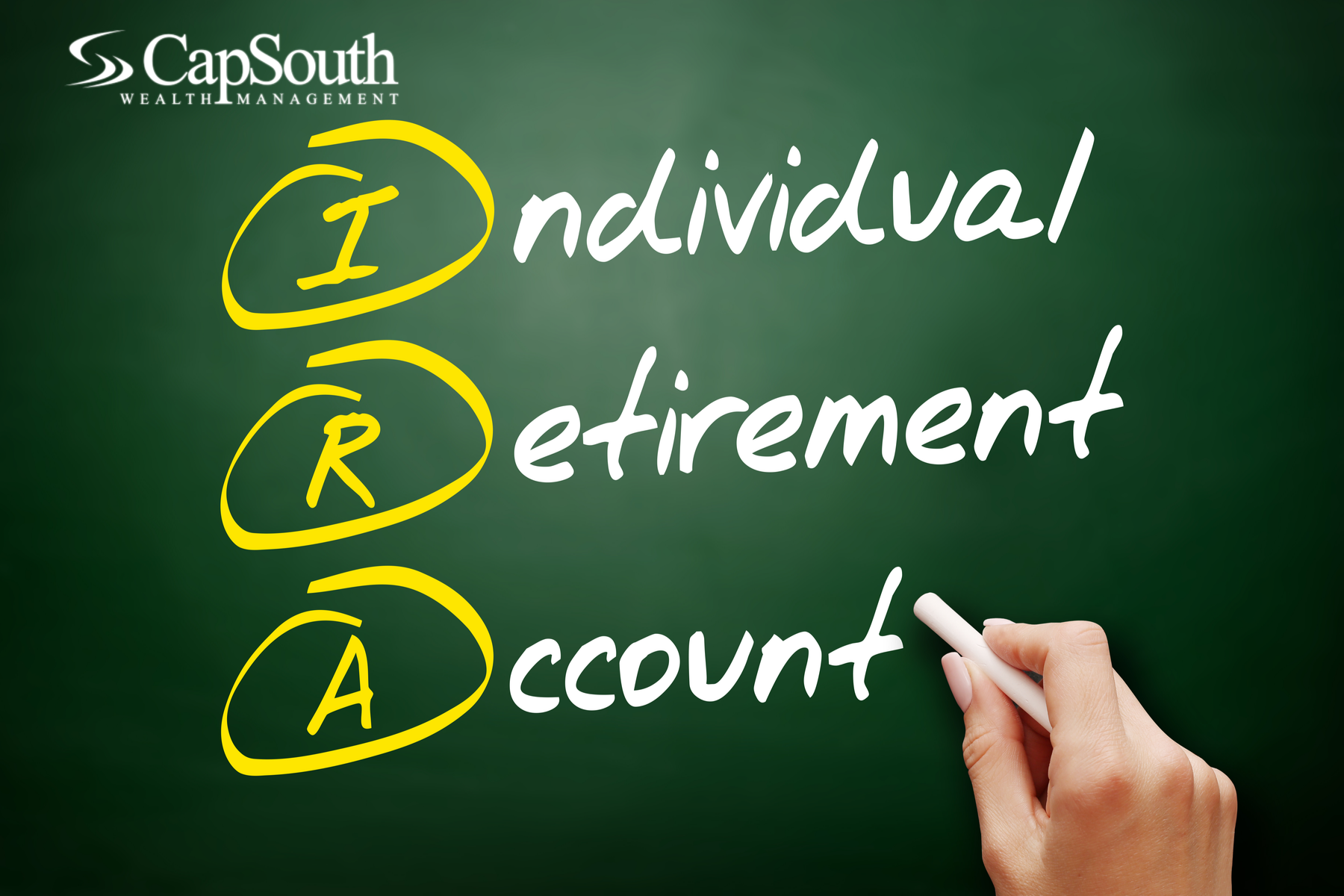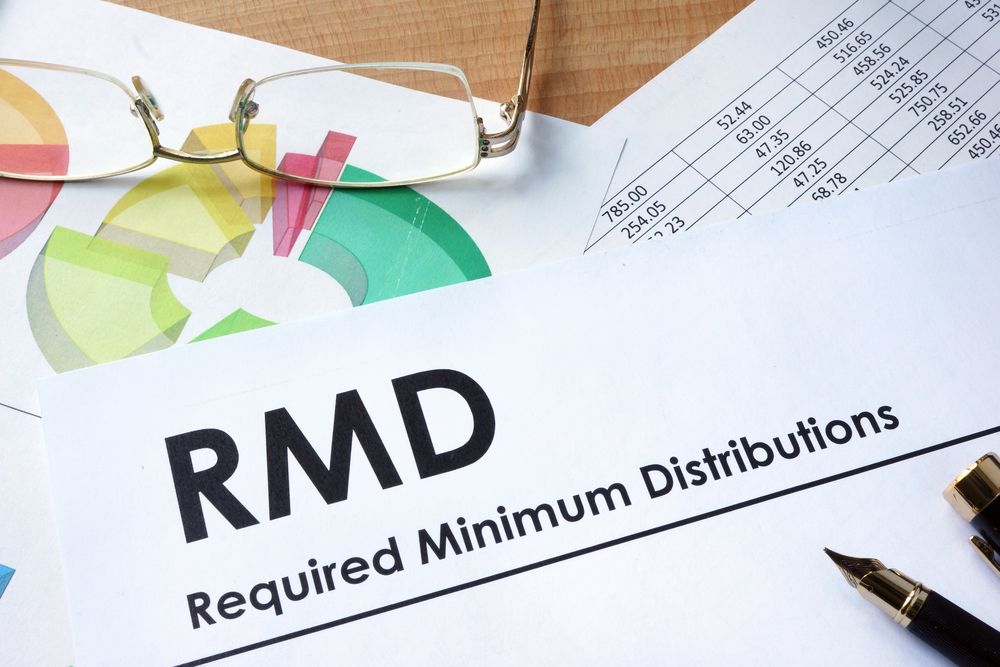Understanding IRAs
An individual retirement arrangement (IRA) is a personal savings plan that offers specific tax benefits. IRAs are one of the most powerful retirement savings tools available to you. Even if you’re contributing to a 401(k) or other plan at work, you might also consider investing in an IRA.
What types of IRAs are available?
The two major types of IRAs are traditional IRAs and Roth IRAs. Both allow you to contribute as much as $6,000 in 2022 (unchanged from 2021). You must have at least as much taxable compensation as the amount of your IRA contribution. But if you are married filing jointly, your spouse can also contribute to an IRA, even if he or she has little or no taxable compensation, as long as your combined compensation is at least equal to your total contributions. The law also allows taxpayers age 50 and older to make additional “catch-up” contributions. These folks can contribute up to $7,000 in 2022.
Both traditional and Roth IRAs feature tax-sheltered growth of earnings. And both give you a wide range of investment choices. However, there are important differences between these two types of IRAs. You must understand these differences before you can choose the type of IRA that’s best for you.
Note: Special rules apply to certain reservists and national guardsmen called to active duty after September 11, 2001.
Learn the rules for traditional IRAs
Practically anyone can open and contribute to a traditional IRA. You can contribute the maximum allowed each year as long as your taxable compensation for the year is at least that amount. If your taxable compensation for the year is below the maximum contribution allowed, you can contribute only up to the amount that you earned.
Your contributions to a traditional IRA may be tax deductible on your federal income tax return. This is important because tax-deductible (pre-tax) contributions lower your taxable income for the year, saving you money in taxes. If neither you nor your spouse is covered by a 401(k) or other employer-sponsored plan, you can generally deduct the full amount of your annual contribution. If one of you is covered by such a plan, your ability to deduct your contributions depends on your annual income (modified adjusted gross income, or MAGI) and your income tax filing status:
For 2022, if you are covered by a retirement plan at work, and:
- Your filing status is single or head of household, and your MAGI is $68,000 or less, your traditional IRA contribution is fully deductible. Your deduction is reduced if your MAGI is more than $68,000 and less than $78,000, and you can’t deduct your contribution at all if your MAGI is $78,000 or more.
- Your filing status is married filing jointly or qualifying widow(er), and your MAGI is $109,000 or less, your traditional IRA contribution is fully deductible. Your deduction is reduced if your MAGI is more than $109,000 and less than $129,000, and you can’t deduct your contribution at all if your MAGI is $129,000 or more.
- Your filing status is married filing separately, your traditional IRA deduction is reduced if your MAGI is less than $10,000, and you can’t deduct your contribution at all if your MAGI is $10,000 or more.
For 2022, if you are not covered by a retirement plan at work, but your spouse is, and you file a joint tax return, your traditional IRA contribution is fully deductible if your MAGI is $204,000 or less. Your deduction is reduced if your MAGI is more than $204,000 and less than $214,000, and you can’t deduct your contribution at all if your MAGI is $214,000 or more.
What happens when you start taking money from your traditional IRA? Any portion of a distribution that represents deductible contributions is subject to income tax because those contributions were not taxed when you made them. Any portion that represents investment earnings is also subject to income tax because those earnings were not previously taxed either. Only the portion that represents nondeductible, after-tax contributions (if any) is not subject to income tax. In addition to income tax, you may have to pay a 10% early withdrawal penalty if you’re under age 59½, unless you meet one of the exceptions. You must aggregate all of your traditional IRAs — other than inherited IRAs — when calculating the tax consequences of a distribution.
If you wish to defer taxes, you can leave your funds in the traditional IRA, but only until April 1 of the year following the year you reach age 72. That’s when you have to take your first required minimum distribution (RMD) from the IRA.1 After that, you must take an RMD by the end of every calendar year until you die or your funds are exhausted. The annual distribution amounts are based on a standard life expectancy table. You can always withdraw more than you’re required to in any year. However, if you withdraw less, you’ll be hit with a 50% penalty on the difference between the required minimum and the amount you actually withdraw.
Learn the rules for Roth IRAs
Not everyone can set up a Roth IRA. Even if you can, you may not qualify to take full advantage of it. The first requirement is that you must have taxable compensation. If your taxable compensation in 2022 is at least $6,000, you may be able to contribute the full amount. But it gets more complicated. Your ability to contribute to a Roth IRA in any year depends on your MAGI and your income tax filing status:
- If your filing status is single or head of household, and your MAGI for 2022 is $129,000 or less, you can make a full contribution to your Roth IRA. Your Roth IRA contribution is reduced if your MAGI is more than $129,000 and less than $144,000, and you can’t contribute to a Roth IRA at all if your MAGI is $144,000 or more.
- If your filing status is married filing jointly or qualifying widow(er), and your MAGI for 2022 is $204,000 or less, you can make a full contribution to your Roth IRA. Your Roth IRA contribution is reduced if your MAGI is more than $204,000 and less than $214,000, and you can’t contribute to a Roth IRA at all if your MAGI is $214,000 or more.
- If your filing status is married filing separately, your Roth IRA contribution is reduced if your MAGI is less than $10,000, and you can’t contribute to a Roth IRA at all if your MAGI is $10,000 or more.
Your contributions to a Roth IRA are not tax deductible. You can invest only after-tax dollars in a Roth IRA. The good news is that if you meet certain conditions, your withdrawals from a Roth IRA will be completely income tax free, including both contributions and investment earnings. To be eligible for these qualifying distributions, you must meet a five-year holding period requirement. In addition, one of the following must apply:
- You have reached age 59½ by the time of the withdrawal
- The withdrawal is made because of disability
- The withdrawal is made to pay first-time home-buyer expenses ($10,000 lifetime limit)
- The withdrawal is made by your beneficiary or estate after your death
Qualified distributions will also avoid the 10% early withdrawal penalty. This ability to withdraw your funds with no taxes or penalties is a key strength of the Roth IRA. And remember, even nonqualified distributions will be taxed (and possibly penalized) only on the investment earnings portion of the distribution, and then only to the extent that your distribution exceeds the total amount of all contributions that you have made. You must aggregate all of your Roth IRAs — other than inherited Roth IRAs — when calculating the tax consequences of a distribution.
Another advantage of the Roth IRA is that there are no required distributions. You can put off taking distributions until you really need the income. Or, you can leave the entire balance to your beneficiary without ever taking a single distribution.
Choose the right IRA for you
Assuming you qualify to use both, which type of IRA is best for you? Sometimes the choice is easy. The Roth IRA will probably be a more effective tool if you don’t qualify for tax-deductible contributions to a traditional IRA. However, if you can deduct your traditional IRA contributions, the choice is more difficult. The Roth IRA may very well make more sense if you want to minimize taxes during retirement and preserve assets for your beneficiaries. But a traditional deductible IRA may be a better tool if you want to lower your yearly tax bill while you’re still working (and probably in a higher tax bracket than you’ll be in after you retire). A financial professional or tax advisor can help you pick the right type of IRA for you.
Note: You can have both a traditional IRA and a Roth IRA, but your total annual contribution to all of the IRAs that you own cannot be more than $6,000 for 2022 ($7,000 if you’re age 50 or older).
Know your options for transferring your funds
You can move funds from an IRA to the same type of IRA with a different institution (e.g., traditional to traditional, Roth to Roth). No taxes or penalty will be imposed if you arrange for the old IRA trustee to transfer your funds directly to the new IRA trustee. The other option is to have your funds distributed to you first and then roll them over to the new IRA trustee yourself. You’ll still avoid taxes and the penalty as long as you complete the rollover within 60 days from the date you receive the funds.
You may also be able to convert funds from a traditional IRA to a Roth IRA. This decision is complicated, however, so be sure to consult a tax advisor. He or she can help you weigh the benefits of shifting funds against the tax consequences and other drawbacks.
Note: The IRS has the authority to waive the 60-day rule for rollovers under certain limited circumstances, such as proven hardship.
1If you reached age 72 before July 1, 2021, you will need to take an RMD by December 31, 2021.
To discuss this article further or to learn more about CapSouth Wealth Management, visit our website at www.capsouthwm.com or call 800.929.1001 to schedule an appointment to speak with an advisor.
Investment advisory services are offered through CapSouth Partners, Inc, dba CapSouth Wealth Management, an independent registered Investment Advisory firm. Information provided by sources deemed to be reliable. CapSouth does not guarantee the accuracy or completeness of the information. CapSouth does not offer tax, accounting, or legal advice. Consult your tax or legal advisors for all issues that may have tax or legal consequences. This information has been prepared solely for informational purposes, is general in nature and is not intended as specific advice. Any performance data quoted represents past performance; past performance is no guarantee of future results.



